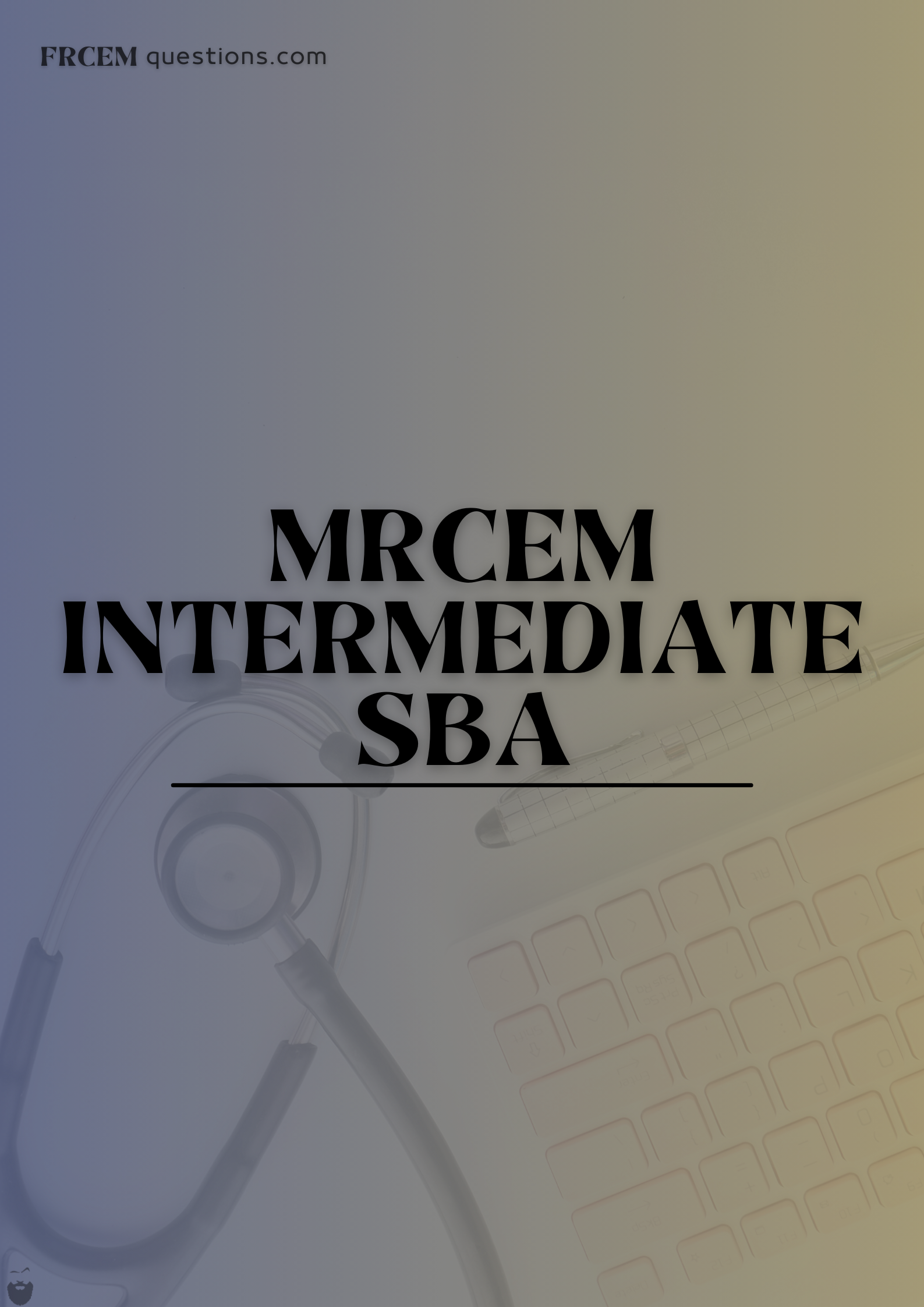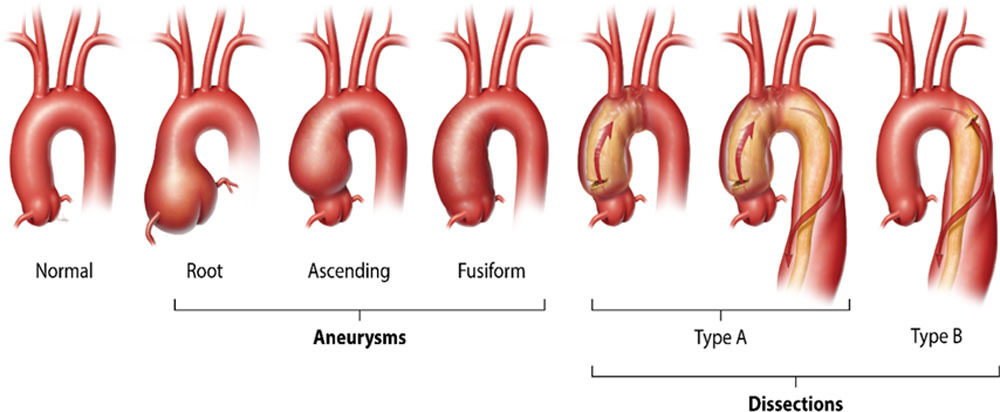Demo
- Home
- /
- Question


You are in a restaurant on a day off.
A woman at the neighbouring table starts shouting for help, she thinks her son is choking and you offer your assistance.
The child is 10 months old and was eating grapes from a plate when he started coughing.
His cough has become weaker and you give 5 back blows, there is no improvement seen in the child.
The restaurant staff have phoned 999.
When a foreign body enters the airway the child reacts immediately by coughing in an attempt to expel it. https://www.resus.org.uk/library/2021-resuscitation-guidelines
A spontaneous cough is likely to be more effective and safer than any manoeuvre a rescuer might perform. However, if coughing is absent or ineffective, and the object completely obstructs the airway, the child will become asphyxiated rapidly.
Active interventions to relieve choking are therefore required only when coughing becomes ineffective, but they then must be commenced rapidly and confidently.
When a foreign body enters the airway the child
reacts immediately by coughing in an attempt to
expel it. A spontaneous cough is likely to be
more effective and safer than any manoeuvre a
rescuer might perform. However, if coughing is
absent or ineffective, and the object completely
obstructs the airway, the child will become
asphyxiated rapidly. Active interventions to
relieve choking are therefore required only when
coughing becomes ineffective, but they then
must be commenced rapidly and confidently.
The majority of choking events in children occur
during play or whilst eating, when a carer is
usually present. Events are therefore frequently
witnessed, and interventions are usually initiated
when the child is conscious. Choking is
characterised by the sudden onset of
respiratory distress associated with coughing,
gagging, or stridor. Similar signs and symptoms
may also be associated with other causes of
airway obstruction, such as laryngitis or
epiglottitis, which require different
management.
General signs of choking:
Witnessed episode
Coughing or choking
Sudden onset
Recent history of playing with or eating
small objects
Recognition of Choking
Search textbook...
Previous Save End Session Next
This website uses cookies to function correctly. We'll assume you're ok with this, but you can opt-out if you wish. Cookie
settings ACCEPT
2021/ 6/ 24 Revise - FRCEM Success
/https://intermediate.frcemsuccess.com/dashboard/revise 4/6
Unable tovocalise
Quiet or silentcough
Unable tobreathe
Cyanosis
Decreasinglevel ofconsciousness
Crying orverbalresponsetoquestions
Loudcough
Able totake abreathbeforecoughing
Fullyresponsive
Ineffectivecoughing
Effectivecoughing
If the child is coughing effectively,then no external manoeuvre isnecessary. Encourage the child tocough, and monitor continuously.
If the child’s coughing is, or isbecoming, ineffective, shout forhelp immediately and determinethe child’s conscious level.
Effective cough
If the child is still conscious but hasabsent or ineffective coughing, givefive back blows.
If back blows do not relieve choking,give five chest thrusts to infants (<1 year) or abdominal thrusts tochildren.
If the object has not been expelledand the victim is still conscious,continue the sequence of backblows and chest (for infant) orabdominal (for children) thrusts.Call out, or send, for help if it is stillnot available; do not leave the childat this stage.
If the object is expelledsuccessfully, assess the child’s
Ineffective cough
Assessment of Severity
Management of Choking
This website uses cookies to function correctly. We'll assume you're ok with this, but you can opt-out if you wish.
Cookiesettings
ACCEPT
2021/ 6/ 24 Revise - FRCEM Success
/https://intermediate.frcemsuccess.com/dashboard/revise 5/6
clinical condition. It is possible thatpart of the object may remain in therespiratory tract and causecomplications. If there is any doubt,seek medical assistance.
If the choking child is, or becomes,unconscious place him on a firm,flat surface. Call out, or send, forhelp if it is still not available; do notleave the child at this stage.
Open the mouth and look forany obvious object. If one isseen, make an attempt toremove it with a single fingersweep. Do not attempt blindor repeated finger sweeps –these can push the objectmore deeply into the pharynxand cause injury.
Open airway
Open the airway and attempt5 rescue breaths. Assess theeffectiveness of eachbreath: if a breath does notmake the chest rise,reposition the head beforemaking the next attempt.
Rescue breaths
Attempt 5 rescue breathsand if there is no response,proceed immediately tochest compressionregardless of whether thebreaths are successful.
Follow the sequence forsingle rescuer CPR forapproximately 1 min beforesummoning help (if this hasnot already been done bysomeone else).
When the airway is openedfor attempted delivery ofrescue breaths, look to see ifthe foreign body can be seenin the mouth. If an object is
Chest compression and CP